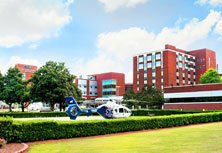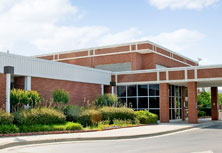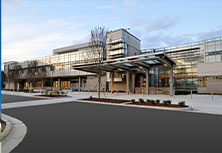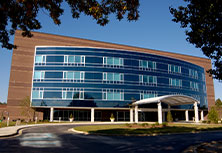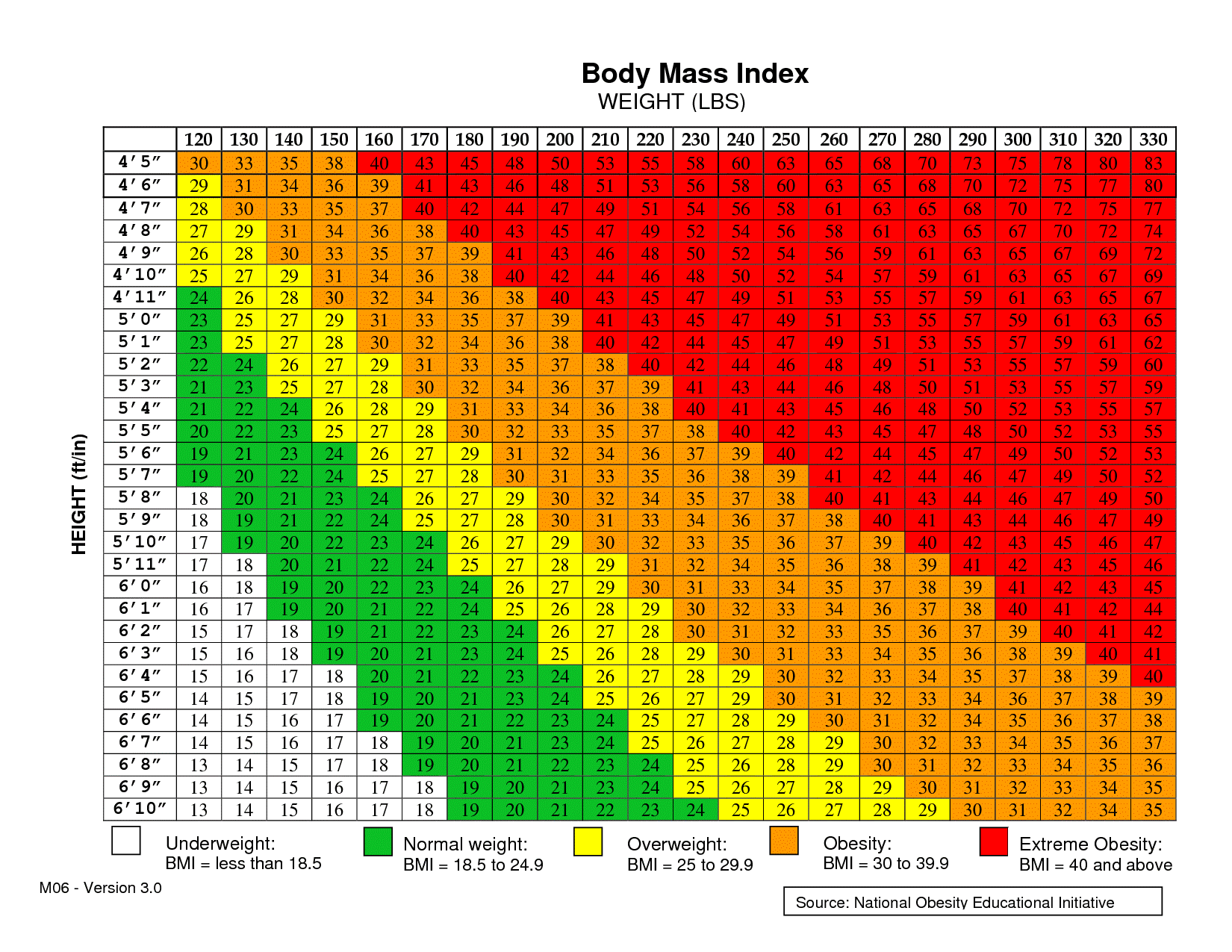Bariatric Surgery Types
Roux-en-Y Gastric Bypass Surgery
Often simply called "Gastric Bypass," this surgery is a combination method and is the most common bariatric procedure in the U.S. Gastric Bypass surgery creates a small pouch at the top of the stomach and adds a bypass around a segment of the small intestine. This redirects food intake, bypassing most of the stomach and the first section of the small intestine, called the duodenum.
Instead, food enters directly into the second part of the small intestine, called the jejunum, limiting the patient's ability to absorb calories.
Sleeve Gastrectomy
Gastric sleeve surgery has become the fastest growing weight loss surgery in the U.S. The surgeon removes a large section of the stomach, along the greater curve. What is left is a narrow tube-like canal or "sleeve" that holds just 15 percent of the original stomach capacity. Patients feel fuller with smaller meal portions as a result. The stomach section responsible for producing the hormone Ghrelin is also removed. This hormone stimulates the brain into feeling hungry. So patients not only eat less, they also feel less hungry.
The remaining stomach section continues to function normally. Patients can continue eating most of their favorite foods without suffering chronic stomach discomfort or "dumping syndrome." Patients can expect to lose between 40 to 50 percent of their excess body fat within two years. Some patients lose half their body weight within 12 months. The surgery is minimally invasive and can be done in about an hour under general anesthesia.
